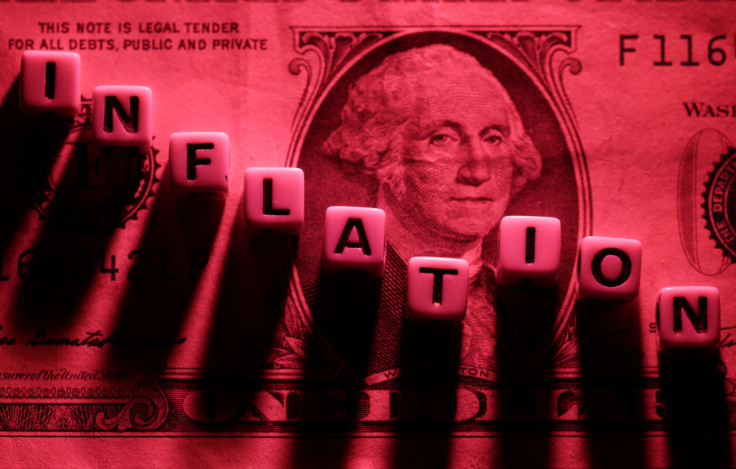Analysis-'More Damage To Be Done' As Sizzling Inflation Seen Lifting Treasury Yields

Expectations of a more hawkish Federal Reserve are pushing some investors to revise how much further bond yields can rise, a potentially unwelcome development for already-battered equity and fixed income markets.
The two-year U.S. Treasury yield, a bellwether for interest rate expectations, stood at 3.79% on Wednesday, putting it near its highest level since Nov. 2007 as the market recalibrates expectations for how aggressively the Fed will raise rates in its effort to tame inflation.
Some fund managers now believe that upward trend will continue, with two-year Treasury yields topping 4% to fresh 15-year highs.
"There's no way around it," said Ed Al-Hussainy, senior global rates strategist with Columbia Threadneedle. "You need to see more weakness in the labor market before you build even a little bit of confidence that rates have peaked and there's not enough of that at all right now."
Rising bond yields have added to pressure on equities this year, particularly growth and technology stocks, as they threaten to erode the value of companies' future earnings and increase the cost of capital.
The S&P 500 tech sector has slumped over 12% since mid-August, compared to a 8.3% decline for the broader S&P 500 index in that period. The S&P 500 is down 17% this year.
Al-Hussainy says he expects both stocks and bonds will continue to fall as higher costs weigh on consumers and businesses and the economy eventually slides into a recession. Bonds will then likely stabilize, while equities and other risk assets could see further declines, he said.
"There's more damage to be done," he said.
'GAME-EXTENDER'
Consumer prices edged up 0.1% last month and are up 8.3% over the last 12 months, well above Wall Street's expectations and the Fed's 2% annual target, data showed Tuesday.
Markets are now pricing in a 30% chance that the Federal Reserve increases benchmark interest rates by 100 basis points at its meeting that ends Sept. 21, up from a 0% chance before the inflation data was released. Some analysts have also penciled in bigger rate hikes in coming months.[/FEDWATCH]
Expectations for higher yields were on the rise even before Tuesday's data. A survey from Deutsche Bank earlier this week showed that 73% of investors believe risks are more skewed to the yield on the 10-year Treasury hitting 5% rather than 1%. That compares to 60% in June. The 10-year yield recently stood at around 3.41%.
"If 10Y yield reaches a new YTD high above 3.5% ... then the long term chart and discussions about a 4% 10Y will continue to move back to center stage," wrote Paul Ciana, chief FICC technical strategist at Bank of America Merrill Lynch, in a note on Wednesday.
Jake Schurmeier, a portfolio manager at Harbor Capital, said that Tuesday's inflation data "certainly" increases the risk that short-term Treasury yields will top 4% by the end of the year.
"The underlying risk is that inflation in the services sector could represent stronger growth than the Fed was expecting, forcing it to act even more aggressively," he said.
He now expects the Fed to hike rates by another 175 basis points through the end of the year, and then hike another two to three times in 2023 until the economy falls into a recession, he said.
Still, the rising chance of a recession may mean that any spikes in Treasury yields will likely be short-lived and revert as investors position themselves more defensively by buying bonds, said Ian Lyngen, head of U.S. Rates Strategy at the BMO Capital Markets Fixed Income Strategy team. "It's tempting to conclude that yesterday's CPI report was a game-changer for the Fed," he said. "However, it's more aptly characterized as a game-extender."
© Copyright Thomson Reuters 2024. All rights reserved.




















